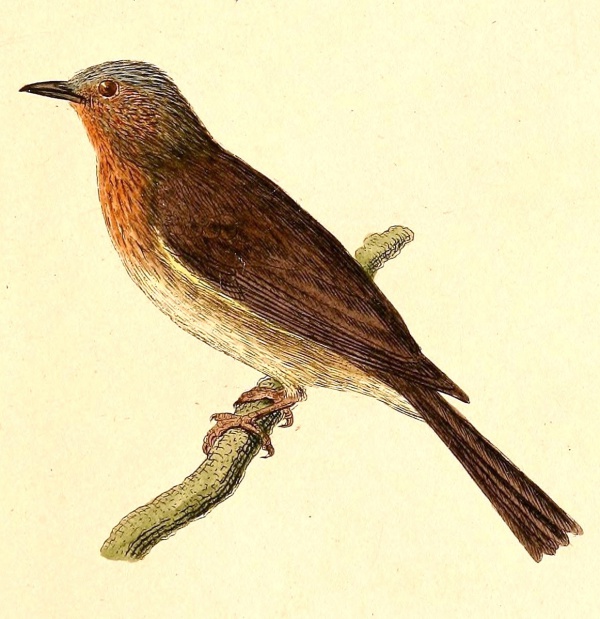Facts About Philippine bulbul
The Philippine bulbul is a charming songbird endemic to the Philippines and a member of the bulbul family, Pycnonotidae. These birds grace the subtropical or tropical moist lowland and montane forests with their melodious songs. They can even be found on Mount Kitanglad in Mindanao.
The bird's classification history is rather intricate. Initially placed in the genus Turdus, it was subsequently moved to Ixos. Finally, in 2010, researchers determined its close relation to the black bulbul and reclassified it under the genus Hypsipetes. Historically, the Mindoro bulbul, Visayan bulbul, and Zamboanga bulbul were considered subspecies of the Philippine bulbul, but this has since been revised.
Currently, there are three recognized subspecies of the Philippine bulbul: H. p. parkesi, found on Burias; H. p. philippinus, located in the northern Philippines; and H. p. saturatior, distributed across the eastern-central and southern regions of the country. Their breeding season generally spans from late April to May, during which their territorial songs can often be heard at lower altitudes. However, life for these birds is not without peril; they must remain vigilant against predators such as the besra and other goshawks that prey on both young and adult bulbuls.
Despite these dangers, the Philippine bulbul is thriving. It is a common and adaptable species, flourishing wherever there is sufficient forest habitat. Fortunately, it is not currently listed as a threatened species by the IUCN, a positive sign for bird enthusiasts and conservationists alike.
